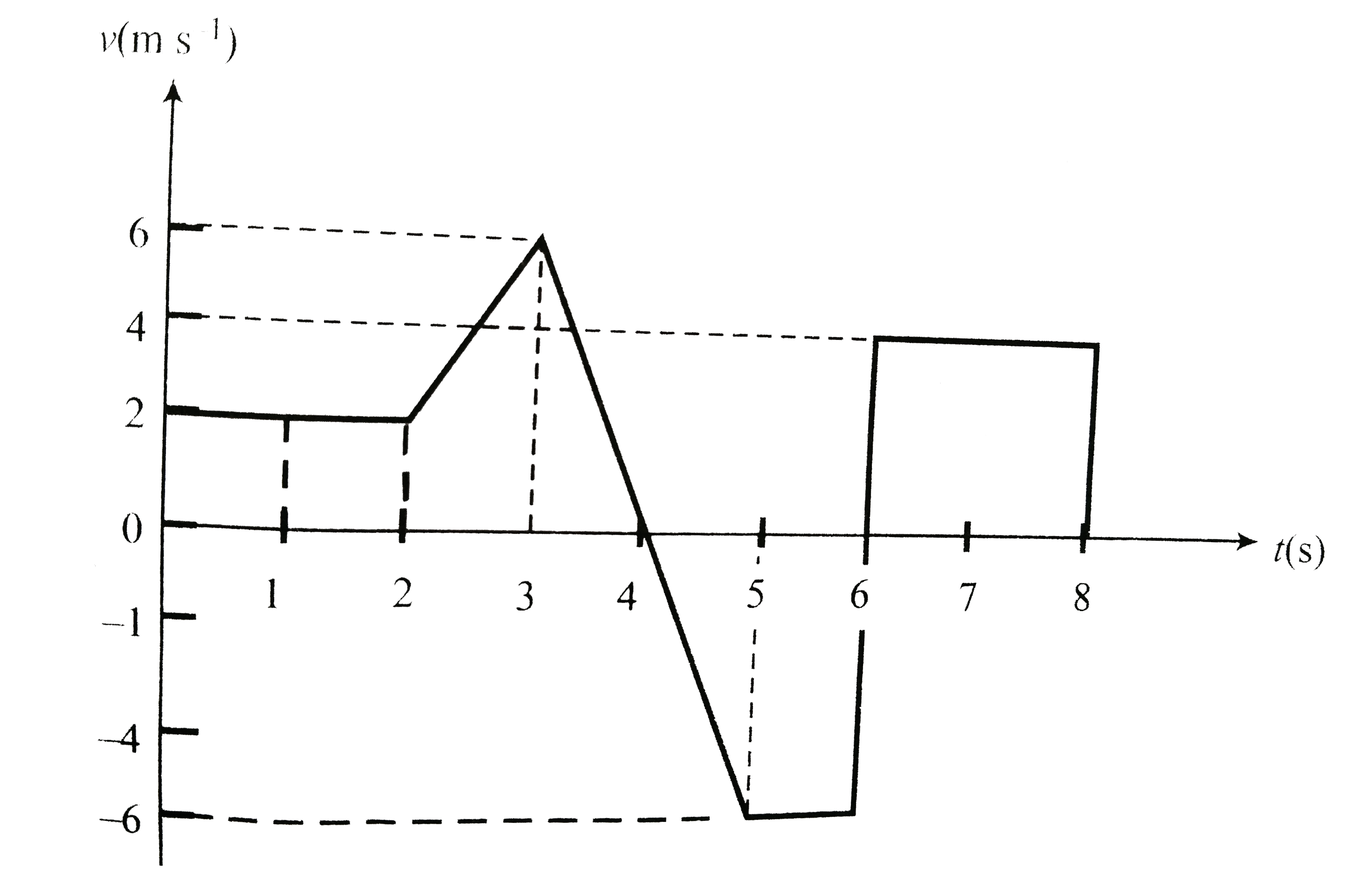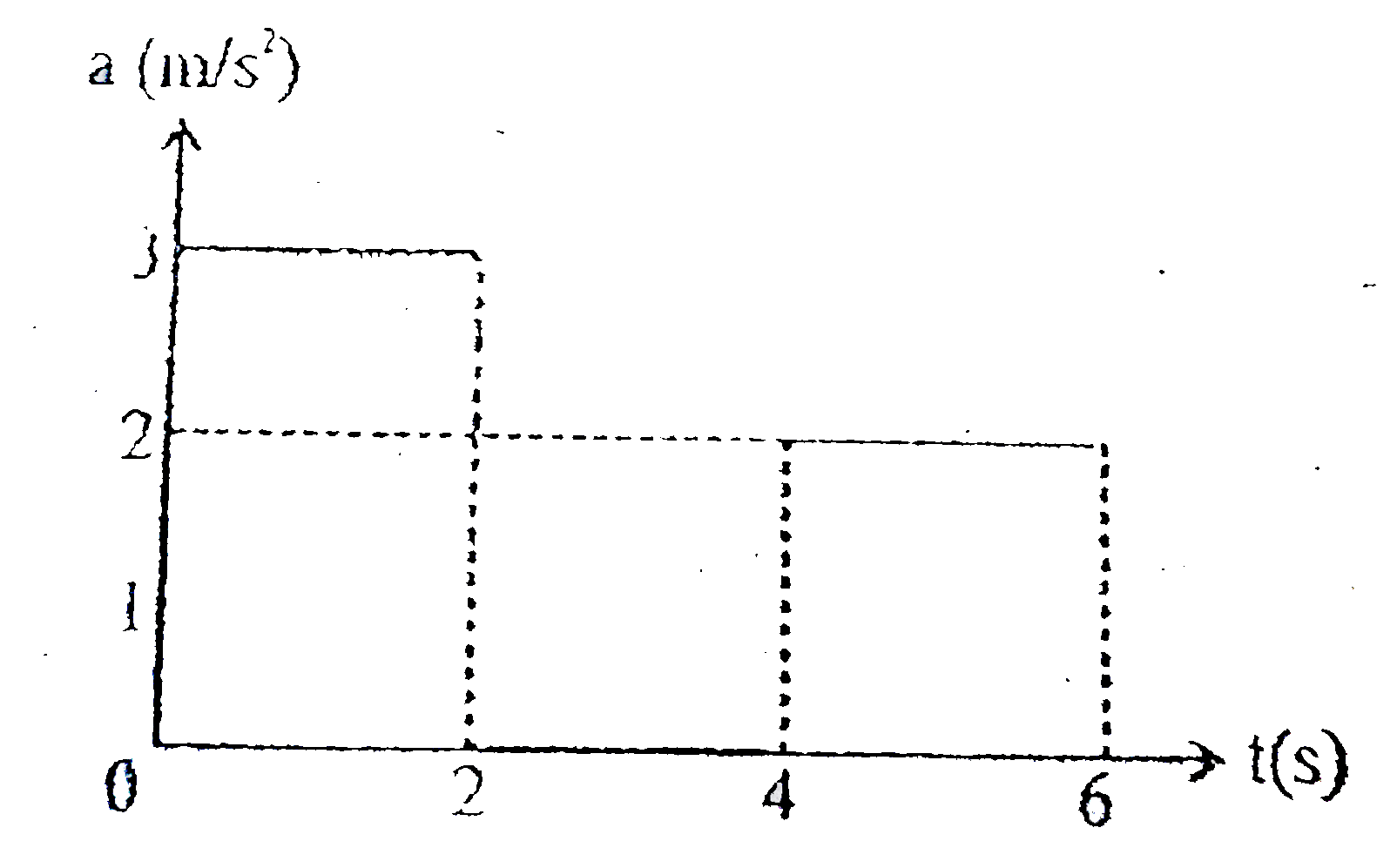Some informations are given for a body moving in a straight line. The body starts its motion at t=0.
Information I : The velocity of a body at the end of 4s is 16m/s
Information II : The velocity of a body at the end of 12s is 48m/s
Information III : the velocity of a body at the end of 22s is 88m/s
The body is certainly moving with
Uniform velocity
Uniform speed
Uniform acceleration
Data insufficient for generalization
The correct Answer is:D
To determine the motion of the body based on the given information, we can analyze the velocities at different times and calculate the acceleration. Here’s a step-by-step solution:
Step 1: Gather the given information
- Velocity at t=4s: v1=16m/s
- Velocity at t=12s: v2=48m/s
- Velocity at t=22s: v3=88m/s
Step 2: Calculate acceleration using the formula
The formula for acceleration a when the initial velocity u is assumed to be 0 (starting from rest) is:
a=vt
Step 3: Calculate acceleration for each time interval
1. For the first interval (0 to 4 seconds):
a1=v1t1=16m/s4s=4m/s2
2. For the second interval (0 to 12 seconds):
a2=v2t2=48m/s12s=4m/s2
3. For the third interval (0 to 22 seconds):
a3=v3t3=88m/s22s=4m/s2
Step 4: Analyze the results
From the calculations, we see that the acceleration a is consistently 4m/s2 for all time intervals. This indicates that the body is experiencing uniform acceleration.
Step 5: Conclusion
Since the acceleration is constant, we can conclude that the body is moving with uniform acceleration. However, since the initial velocity u was not specified in the problem, we cannot definitively state the nature of the motion (whether it is uniform velocity or uniform speed). Therefore, the correct answer is that the data is insufficient for generalization.
Final Answer:
The body is certainly moving with insufficient data for generalization.
---
- Velocity at t=4s: v1=16m/s
- Velocity at t=12s: v2=48m/s
- Velocity at t=22s: v3=88m/s
The formula for acceleration a when the initial velocity u is assumed to be 0 (starting from rest) is:
a1=v1t1=16m/s4s=4m/s2
a2=v2t2=48m/s12s=4m/s2
a3=v3t3=88m/s22s=4m/s2
From the calculations, we see that the acceleration a is consistently 4m/s2 for all time intervals. This indicates that the body is experiencing uniform acceleration.
Since the acceleration is constant, we can conclude that the body is moving with uniform acceleration. However, since the initial velocity u was not specified in the problem, we cannot definitively state the nature of the motion (whether it is uniform velocity or uniform speed). Therefore, the correct answer is that the data is insufficient for generalization.
The body is certainly moving with insufficient data for generalization.
Topper's Solved these Questions
- BOOK - ALLENCHAPTER - KINEMATICSEXERCISE - EXERCISE-0155videos
KINEMATICS
- BOOK - ALLENCHAPTER - KINEMATICSEXERCISE - EXERCISE-0257videos
KINEMATICS
- BOOK - ALLENCHAPTER - ERROR AND MEASUREMENTEXERCISE - Part-2(Exercise-2)(B)22videos
ERROR AND MEASUREMENT
- BOOK - ALLENCHAPTER - KINEMATICS (MOTION ALONG A STRAIGHT LINE AND MOTION IN A PLANE)EXERCISE - BEGINNER S BOX-78videos
KINEMATICS (MOTION ALONG A STRAIGHT LINE AND MOTION IN A PLANE)
Similar Questions
The initial velocity of a body moving along a straight lines is 7m/s. It has a uniform acceleration of 4m/s2 the distance covered by the body in the 5th second of its motion is-
View SolutionThe position of a body moving along x-axis at time t is given by x=(t2−4t+6)m. The velocity of the body at time t = 3s is
View SolutionThe dispacement of a body is given by 4s=M+2Nt4, where M and N are constants.
The velocity of the body at the end of 1s from the start is .View SolutionThe velocity-time graph of a body is shown in .
The displacement of the body in 8s is.
 .View Solution
.View SolutionA body is moving with constant acceleration, a=5ms2 from A to B in straight line AB. The velocity of particle at A and B are 5 m/s and 15 m/s respectively. The velocity at mid-point of AB is
View SolutionThe dispacement of a body is given by 4s=M+2Nt4, where M and N are constants.
The velocity of the body at any instant is .View SolutionA body moves from rest with a uniform acceleration and travels 270 m in 3 s. Find the velocity of the body at 10 s after the start.
View SolutionAssertion : In the s-t diagram as shown in figure, the body starts moving in positive direction but not form s = 0.

Reason : At t=t0, velocity of body changes its direction of motion.View SolutionThe dependence of the acceleration of a body with time is shown in Figure. At t=0, the velocity of the body is −3m/s and position is x=0m.
 View Solution
View SolutionThe velocity v of a body moving along a straight line varies with time t as v=2t2e−t, where v is in m/s and t is in second. The acceleration of body is zero at t =
View Solution

